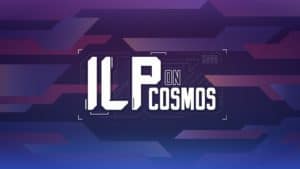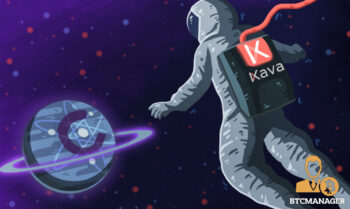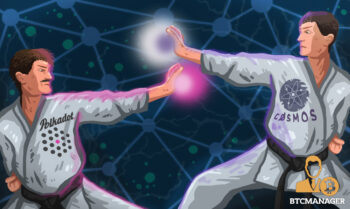2019-5-8 00:58 |
Cryptocurrencies and blockchains offer services that were impossible in earlier systems: free and fast international transactions, secure and uncensorable trading and a virtual store of value, to name a few.
Many of these possibilities would probably complement one another, if not for the tribal differences between teams and communities. Believers in Ethereum Classic (ETC) see a completely immutable ledger as a key advantage over Ethereum. Cardano’s Charles Hoskinson has called EOS “egregious to the core,” while Bitcoin maximalists argue that other digital assets are poor imitations of the original.
These divisions are holding crypto back and preventing it from realizing its full potential, says Zaki Manian, Director of Tendermint Labs. Among other projects, Tendermint is responsible for developing the Cosmos blockchain.
Described as the “Internet of Blockchains,” Cosmos allows otherwise independent blockchains to communicate and transact with one another. It acts as an intermediary layer that can connect two blockchains together as well as providing scalability solutions, including a new BFT consensus mechanism that can scale to thousands of transactions a second.
Instead of trying to provide a universal decentralized solution for everyone and every problem, Cosmos has focused specifically on developing a new way for different projects to interact with one another.
“More than anything, Cosmos is not a product but an ecosystem built on a set of modular, adaptable and interchangeable tools,” their website reads.
Building the Internet of BlockchainsThe interoperability problem is not a new one. Wanchain (WAN) creates synthetic wrappers that allow users to use and trade tokens that essentially act as proxies for digital assets on other blockchains. Wrapped Bitcoin (WBTC) does something similar, with users depositing cryptocurrencies into a wallet which then mints derivatives on a 1:1 ratio.
In a call with Crypto Briefing, Manian explained that Cosmos is designed to allow projects to develop independently but still maintain access to the wider cryptocurrency ecosystem. “Our larger vision is that there will not be one system able to serve everyone; no one is special,” he said.
At present, cryptocurrency projects face substantial opportunity costs when building ecosystems. Blockchains remain isolated from one another, and developing on one blockchain means excluding potential users on other platforms.
The problem is that realizing a new blockchain ecosystem often requires working in a silo, Manian explained. He noted that, at present, the entire digital asset sector is a collection of blockchain projects that can’t talk to each other, even if they want to.
“A group of people disagree but that doesn’t mean they have to completely separate into two distinct economies,” said Manian. “The Ethereum-Ethereum Classic fork was a principled discussion about governance. Now we have two separate economies.”
Cosmos is designed to provide a network where teams building on something like Ethereum Classic can communicate with their opposite numbers on Ethereum, without compromising the things that make them unique. Quite simply, explained Manian, Cosmos’ aim is to “facilitate economic integration while maintaining political independence.”
The grandiose visionLike many other actors in the sector, Manian and the Cosmos team fully believe that blockchains havethe potential to completely overhaul the global economy. There are plenty of other products and initiatives that Tendermint is developing. But there is a “grandiose vision” as well, argued Manian. “We want to restructure the global economy to run on the blockchain.”
This won’t happen overnight, and Cosmos isn’t known for quick work. It spent three years off-grid while the team researched and developed the technological layer, and its mainnet only launched in March. Manian believes it will take anywhere between twenty and thirty years before all of their goals have fully come to fruition.
But the last three years have been well spent, according to Manian. Keeping true to their principles, the system they have designed will function in a decentralized manner even during a crisis. “We are philosophically driven,” he said.
The post Cosmos: The Global Economy Will Run On The Blockchain appeared first on Crypto Briefing.
origin »Global Currency Reserve (GCR) на Currencies.ru
|
|








